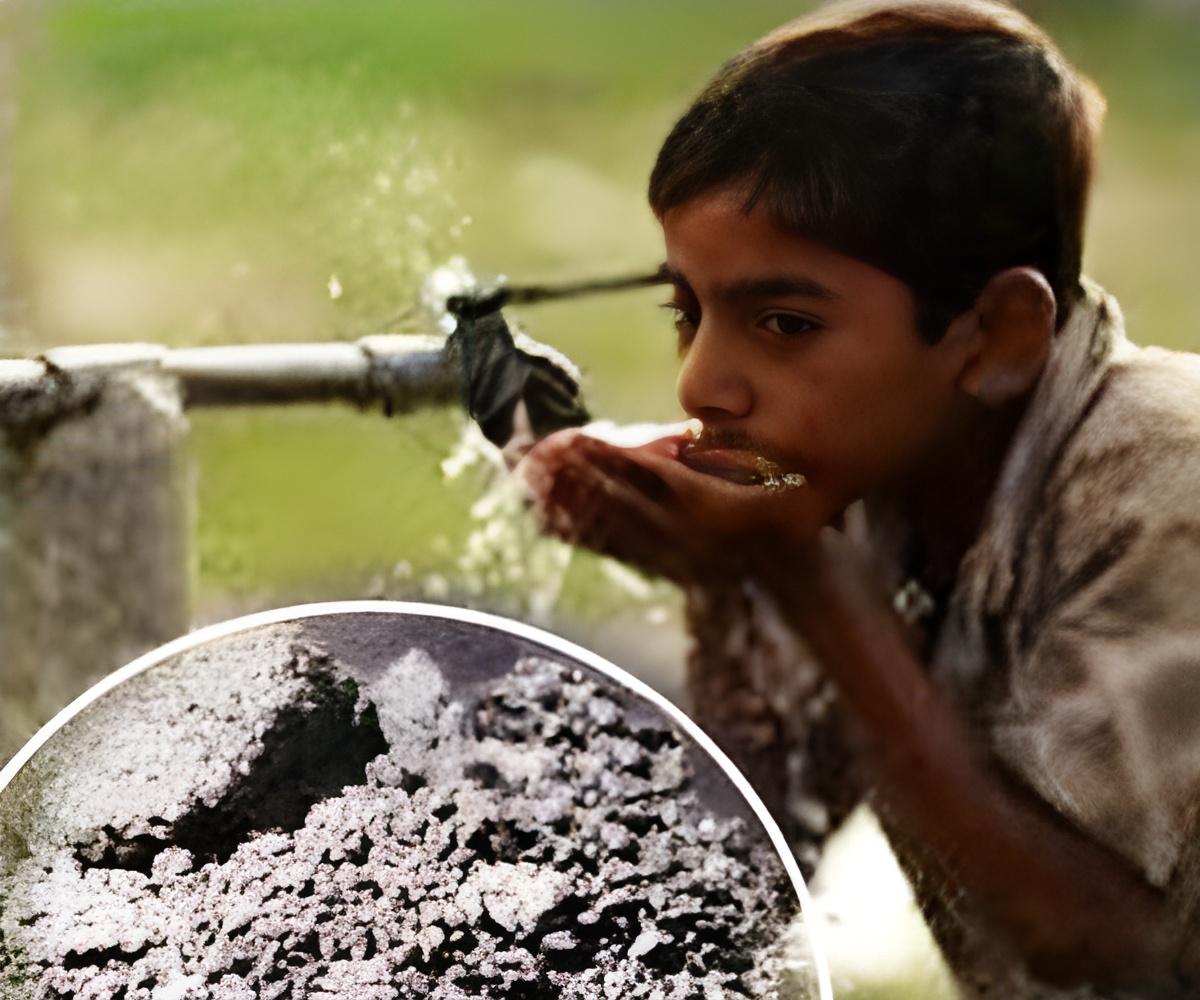
The authors, led by Robert Bain and Jamie Bartram from The Water Institute at University of North Carolina, reached these conclusions by comprehensively searching the literature to find appropriate studies that investigated fecal contamination of all types of drinking water in low- and middle-income countries. The authors then investigated the risk factors and settings where fecal contamination of water sources was most common.
319 studies reporting on 96,737 water samples were included in the analysis and the authors found that overall, although the odds (chance) of fecal contamination were considerably lower for "improved" sources than "unimproved" sources, in 38% of 191 studies, over a quarter of samples from improved sources contained fecal contamination. Protected dug wells in particular were rarely free of fecal contamination. Water sources in low-income countries and rural areas were more likely to be contaminated (each with an odds ratio of 2.37).
As included studies rarely reported stored water quality or sanitary risks, these findings may understate the number of people drinking unsafe water and have profound implications for public health policy.
The authors propose alternative indicators of safe water such as sanitary measures and water quality and say: "Our review provides strong evidence that by equating "improved" with "safe," the number of people with access to a safe water source has been greatly overstated, and suggests that a large number and proportion of the world's population use unsafe water."
Source-Eurekalert









